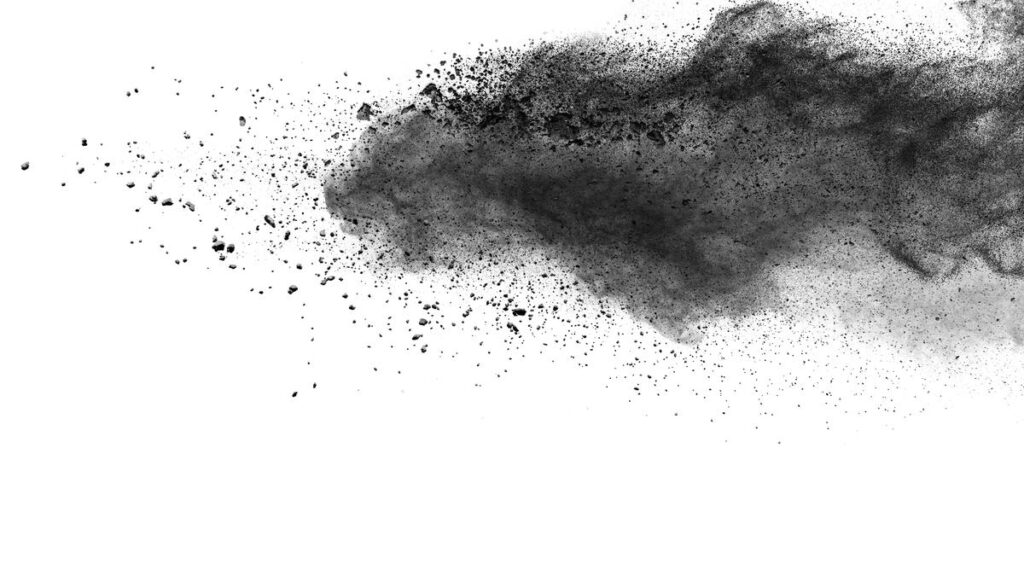
Representative image
| Photo Credit: Getty Images/iStockphoto
Levels of black carbon — ultra-fine particles of carbon that come from vehicles, stoves and wood-fire — in the Himalayas have been rising for most of the past two decades, according to a study by the think-tank Climate Trends. This is contributing to warmer snow, increasing the risk of unseasonal flooding by glacier-fed rivers, it said.
While not a peer-reviewed analysis, the study analysed satellite-based measurements of black carbon and changes in the temperature of snow between 2000 and 2023. Climate science says that aerosols — particulate matter emissions from a variety of sources, from fertiliser to vehicle exhaust — clog the atmosphere, deflecting sunlight away from the carbon and are known to mask the heating effect of greenhouse gases.

Black carbon is different, in that it absorbs sunlight and if it settles on the surface can thus heat the ground. This is one reason climatologists consider black carbon as a catalyst to global warming, even though it is relatively short-lived in the atmosphere unlike carbon dioxide, the most pervasive greenhouse gas.
Reduces sunlight reflection
“The snow surface temperature in the Himalayas has shown a consistent warming trend over the past two decades, which may have serious implications for snow and glacier stability,” the study notes. The average snow-surface temperature has increased from -11.27°C from 2000–2009 to -7.13°C during 2020–2023, with an overall mean of -8.57°C for the 23-year period.
Among the three major regions, the Eastern Himalayas record the warmest snow surfaces, followed by the Central and Western Himalayas. This warming was “likely driven,” the study surmised, in part by the deposition of light-absorbing particles like black carbon, which lowers snow albedo — the ability to reflect sunlight — and accelerates surface heating. The decadal average for 2010–2019 showed the highest warming in the Eastern Himalayas at -5.69°C.

Accelerating glacier melt
“Continued temperature rise in snow-covered areas can shorten snow season duration and advance melting onset, impacting hydrological systems and water security for millions downstream. Thus, temperature increases, in conjunction with [black carbon] BC presence, are significantly altering the snow thermal regime in the Himalayas,” the study underlined.
“Glacier melt is accelerating, threatening freshwater resources to nearly two billion people downstream,” Palak Baliyan, lead author of the study, said in a statement.
Snow depth rises
There is no direct correlation between black carbon concentrations and ‘snow depth’, a measure of the thickness of snow. In fact, this actually increased during the study period, with spatial and temporal variability. The mean snow depth increased from 0.059 m during 2000–2009 to 0.117 m during 2020–2023, resulting in a 23-year average of 0.076 m.

“The increase in snow depth despite rising temperatures could be attributed to factors like increased snowfall events, seasonal precipitation changes, or measurement uncertainties due to surface snow redistribution by wind. The Western Himalaya exhibited the highest snow depths, possibly due to its higher elevations and greater exposure to western disturbances that bring winter precipitation. Meanwhile, the Eastern and Central Himalayas, closer to BC sources, showed lower snow depths. This variability in snow depth highlights the complex interplay of climatic and atmospheric factors influencing snow-pack dynamics across the Himalayan arc,” the study notes.
The major generators of black carbon include biomass combustion, fossil fuel use, and open burning, particularly in the Indo-Gangetic plain, which acts as a hotspot for emissions. Previous studies have reported that biofuel use alone accounts for nearly 42% of black carbon emissions in India, with States like Madhya Pradesh and Maharashtra contributing significantly through forest and agricultural fires, according to the study.
Published – May 31, 2025 02:50 am IST

